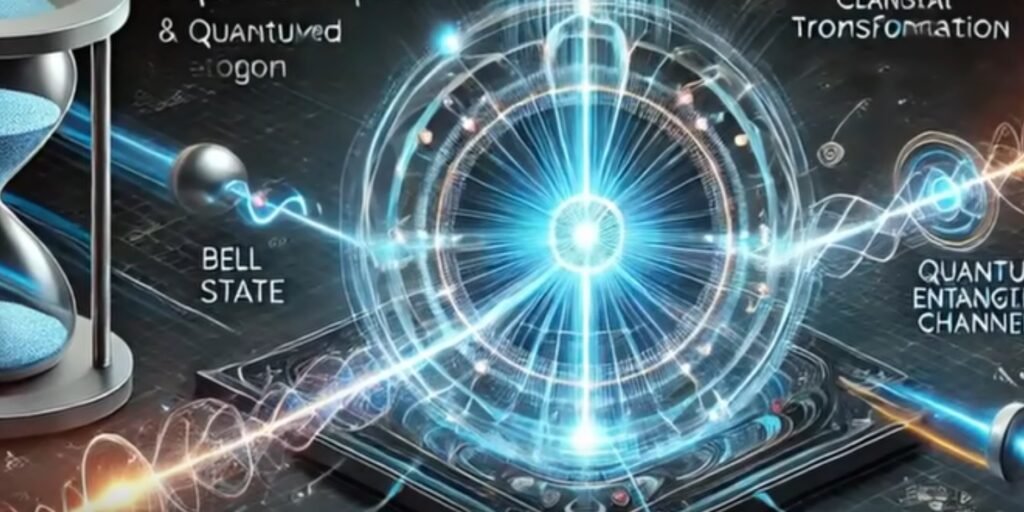As you already know, Directional Drilling of Texas (DDoT) drills underground and installs the conduit used to deliver fiber optic cables for both residential and commercial properties. Why is this important and a better option than existing systems?
Fiber optics offer a significant number of benefits over traditional coaxial cable, primarily due to their use of light pulses to transmit data through thin strands of glass or plastic, as opposed to the electrical signals used by copper-based coaxial cables. This fundamental difference in technology leads to several key advantages:
Speed and Bandwidth
Fiber optic internet is capable of delivering speeds that are exponentially faster than those of cable. While cable internet typically offers download speeds up to 1 Gbps, with much slower upload speeds, fiber can provide symmetrical speeds of 1 Gbps or more for both downloads and uploads. This is because fiber has a much higher bandwidth capacity and doesn’t suffer from the same signal degradation or network congestion issues as coaxial cables.
Reliability and Latency
Fiber optic connections are more reliable and less prone to outages or disruptions. They are immune to electromagnetic interference (EMI), radio frequency interference (RFI), and extreme weather conditions, all of which can negatively impact coaxial cables. Furthermore, fiber has lower latency, which is the time it takes for data to travel from its source to its destination. This is critical for activities that require real-time responsiveness, such as online gaming, video conferencing, and financial trading.
Other Advantages
- Security: Fiber optic cables are more secure because it is much more difficult to tap into a fiber line without being detected. Any attempt to intercept the light signals usually causes noticeable signal degradation, making unauthorized access extremely difficult.
- Scalability: Fiber networks are “future-proof.” As technology advances and data demands increase, the same fiber cables can support higher speeds with just equipment upgrades, whereas coaxial networks have a more limited capacity.
- Distance: Fiber optic signals can travel much longer distances without any significant loss in quality, while the signal strength of coaxial cables weakens over distance.
Regarding “Scalability,” this has just taken a huge step forward with the recently announced breakthrough in Quantum Teleportation. Scientists in the United States have successfully teleported a quantum state over 30 kilometers of standard fiber optic cable — while regular internet traffic was still active. This is a major step toward building the quantum internet, a future where communication can be both ultra-fast and virtually unhackable.
But what does quantum teleportation actually mean?
Quantum teleportation moves information, not physical stuff. So it is not the same as Star Trek teleporting people from one place to another. At least, not yet! Quantum teleportation is the transfer of a particle’s exact quantum state from one location to another, without moving the particle itself. The original is destroyed, and an identical version is recreated at the destination, powered by the strange science of quantum entanglement.
To pull this off, researchers had to:
- Isolate fragile quantum signals from noisy internet traffic
- Time photon transmissions with extreme accuracy
- Prevent scattering and maintain coherence during transfer
A human body is made up of about 7 octillion atoms (that’s a 7 with 27 zeros), so teleporting a body would require mapping every single atom’s quantum state and then rebuilding it atom by atom. And, as quantum rules say the original state is destroyed during teleportation, a body teleporter would be more like a “scan, destroy, rebuild” machine. A bit scary to say the least!

